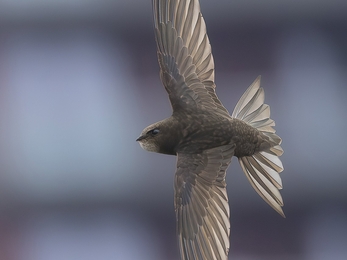The Greater London Authority (GLA) is preparing a Local Nature Recovery Strategy (LNRS) for London (a requirement of the Environment Act 2021); the aims of this are to identify areas where nature recovery should be prioritised.
London Wildlife Trust has been working with the GLA and others to help develop this strategy, and now we need your help. We want to know where in London you think we should focus on restoring nature. To do this, the GLA, working with Greenspace Information for Greater London (GiGL), has published an interactive map for Londoners to share their thoughts and suggestions.
You can explore the map and add your ideas here
A lot of information on London’s wildlife species and habitats is already in place, but your input can help us understand what Londoners think and identify areas that may have been missed. This map is open to all organisations and individuals across the capital, so please share this with others living and working in Greater London.
The map will be open for input until 23:59 on Sunday 13th October.




